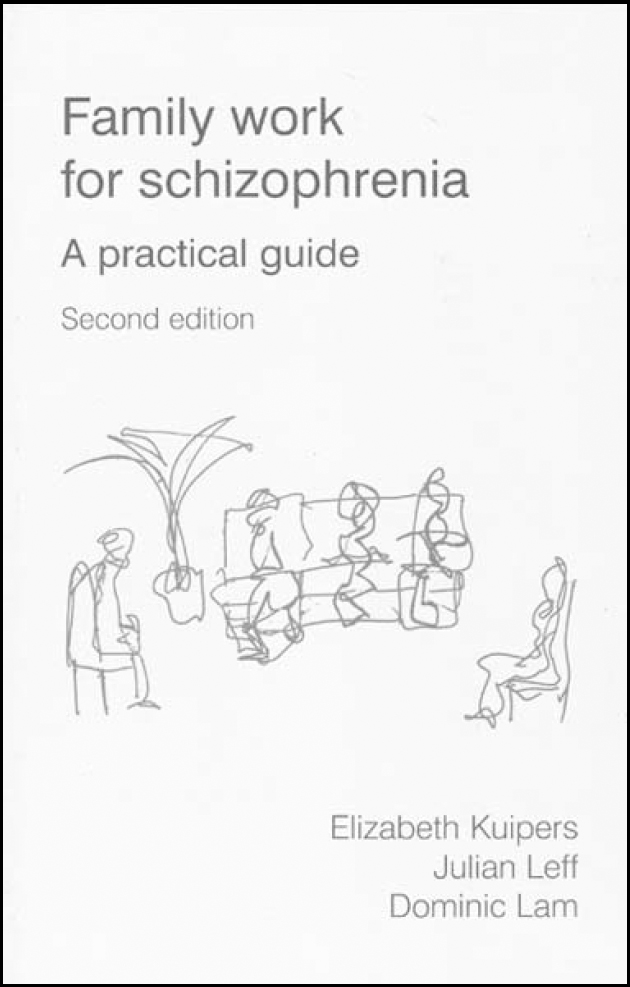
There is ample evidence going back more than a decade that working with the families of people with schizophrenia reduces the rate of relapse significantly, yet in practice this rarely happens. This book, written by the most prominent researchers in this field, could help change that. It offers strategies, as well as describing issues and concerns that need to be kept in mind while working with these families.
It is primarily a practical guide; after a brief theoretical description, it moves on to describe strategies in family work. The book offers advice on setting up and running family groups; and discusses engagement, co-therapy, psycho-education, communication training, and dealing with the emotional responses of the relatives. Some of the commonly occurring problems in high expressed emotion families like anger, conflict, rejection, overinvolvement and grief and loss are also discussed and advice is offered on how to deal with them. At the end it talks about running a relatives group in parallel with the family work, and emphasises the importance of cultural difference.
Although it is meant to be a manual for family work, it will be of interest for professionals who come into regular contact with the families of people suffering from schizophrenia, since it can help colleagues in dealing with conflicts within family settings and their own conflicts with the family members. There are many transcripts from real life to explain the issues under discussion. Although there is an excellent chapter on improving communication among family members, it could be expanded, as this is the most vital part of family work.
Being a manual, the book does not describe and discuss in detail the theoretical background or the evidence base for family therapy for schizophrenia. But it does describe the family therapy techniques in an easy to understand way. Useful practical details and advice on commonly arising situations, e.g. what to do when the therapist is offered tea, coffee, or a cake during a family therapy session in a patient's home! But the most outstanding feature of this book is its brevity and conciseness - the kind of book you can read while waiting for your train.



eLetters
No eLetters have been published for this article.